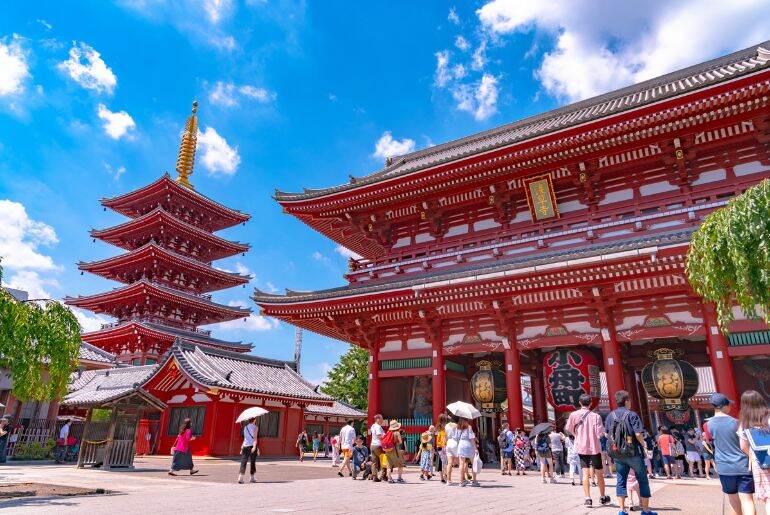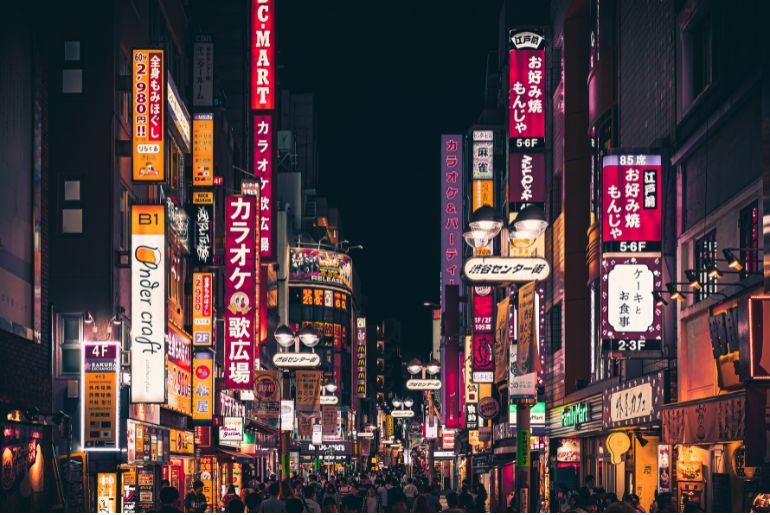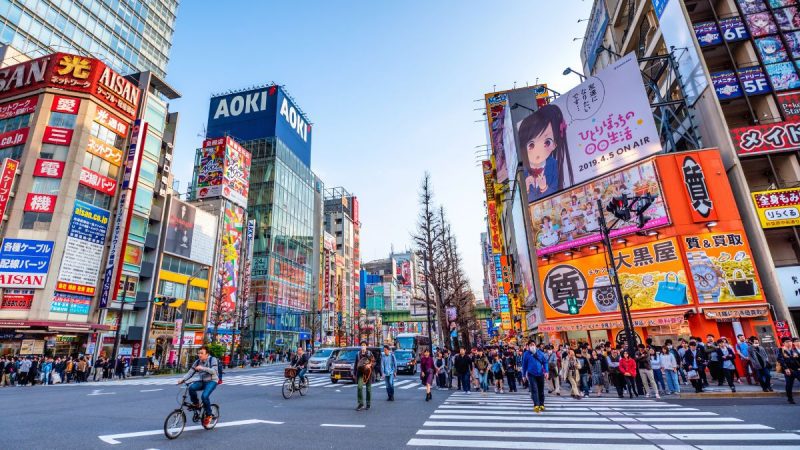In recent years, Japan has seen a surge in popularity as a top global travel destination. However, over-tourism has become a significant issue in Japan now. The influx of tourists, while economically beneficial, has led to several challenges including environmental degradation, overcrowded attractions, and strained local communities. As Japan’s tourism continues to soar, officials are tightening down on visitors to relieve the pain for locals.
Measures To Curb Over-Tourism

Japan‘s response to over-tourism is multifaceted. Due to antisocial behaviour, visitors are no longer permitted on some private streets in Kyoto’s well-known old Gion area, which is home to geisha performances. To combat crowding and lessen the damage to the environment, new levies and regulations have already been implemented for climbing Mount Fuji. In certain locations, screens have even been installed to deter rowdy tourists from causing mayhem.
Kyoto has just started offering rapid bus service between Kyoto Station and the main tourist attractions in the area. The new tourist-oriented bus service aims to prevent tourists from overwhelming Kyoto’s resident-dependent services, as the city’s old buses have become congested with tourists. In the meantime, a well-known and popular neighbourhood in Tokyo has decided to outlaw outdoor drinking. In October, drinking alcohol in public areas or on the streets within the well-known Shibuya City will be prohibited from 6 p.m. to 5 a.m.
Some popular destinations have introduced limits on the number of visitors. For instance, certain temples in Kyoto and other historical sites have started to regulate entry. This helps to preserve the sites and manage crowds more effectively. Ticketing systems and reservation requirements help control the flow of tourists.
ALso Read: Japanese Digital Museum, teamLab Borderless Jeddah Is Now Open & It Looks Absolutely Fabulous
How It Became A Necessity In Japan

Japan’s iconic destinations such as Tokyo, Kyoto, Mount Fuji, and Hiroshima draw millions of visitors annually. Kyoto, known for its temples and traditional culture, has particularly felt the impact. Historical sites have become overwhelmed by the sheer volume of tourists. The proliferation of budget airlines and affordable accommodation options has made Japan more accessible to a broader audience. This has increased tourist numbers exponentially. For years, Japan’s unique blend of ancient traditions and modern attractions continued to fascinate global travellers.
The global influence of Japanese pop culture, particularly anime, manga, and video games, has attracted younger generations. Iconic franchises such as Pokémon, Studio Ghibli films, and J-pop music have garnered worldwide fans, who often visit Japan to experience the culture firsthand.
To continue with Japan remaining a desirable destination, managing the impacts of increased tourism is important.
Cover image credits: Canva





